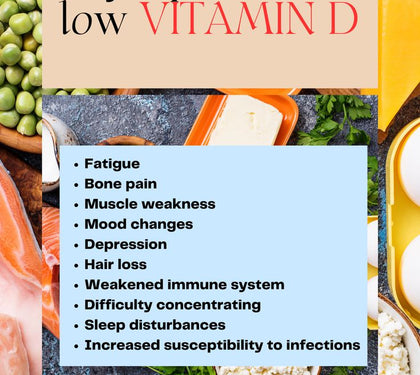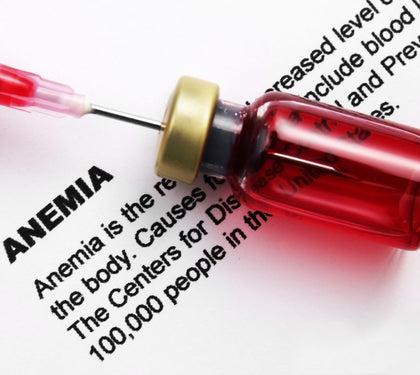Vitamin D is an essential nutrient that plays a crucial role in the body's overall health. When levels of vitamin D are low, it can have serious implications on a person's well-being. So, what happens if your vitamin D is low?
What is vitamin D deficiency?
Vitamin D deficiency occurs when the body does not have enough vitamin D to function properly. This can lead to a variety of health problems and complications if left untreated.
What causes vitamin D deficiency?
There are several factors that can contribute to vitamin D deficiency, including limited sun exposure, a diet low in vitamin D-rich foods, certain medical conditions, and obesity. People with darker skin tones are also at a higher risk of vitamin D deficiency.
What are the symptoms of vitamin D deficiency?
Common symptoms of vitamin D deficiency include fatigue, muscle weakness, bone pain, and a weakened immune system. In severe cases, vitamin D deficiency can lead to conditions like osteoporosis and rickets.
How is vitamin D deficiency diagnosed?
Vitamin D deficiency is typically diagnosed through a blood test that measures the levels of vitamin D in the body. Your healthcare provider may also consider your symptoms and risk factors when making a diagnosis.
What is the outlook for people with vitamin D deficiency?
The outlook for people with vitamin D deficiency is generally good with proper treatment. Treatment often involves taking vitamin D supplements and making lifestyle changes to increase vitamin D intake. With the right approach, most people can improve their vitamin D levels and reduce their risk of complications.





